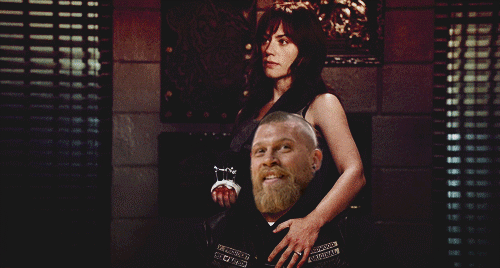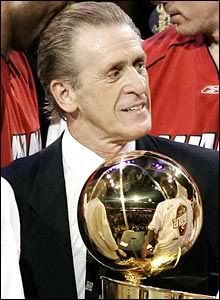mopper8 wrote:Eddie20 wrote:mopper8 wrote:Guys, there will be no S&T no matter what, the contract is the same regardless. Forget about that (and that tweet)
Incorrect. Heat can offer a 5 yr deal with 7.5% raises, while the Cavs can only provide him with a 4 yr deal with 7.5% raises. So a S&T will give James that 5th year and more overall money.
No, my info is right, and yours is wrong
92. Why would teams or players want to do a sign-and-trade?
Teams benefit because they can get something in return for players they would otherwise lose to free agency. For players the benefits are limited. Under previous CBAs a player who qualified could receive a full Bird contract and go to the team of his choice, which encouraged the player to seek a sign-and-trade once he decided to play elsewhere. Under the current CBA a player receives the same contract via sign-and-trade (four years, 4.5% raises) that he could get by signing with his new team directly, and can receive a larger Bird contract only if he stays with his previous team. In addition, it is much simpler for the player to sign directly with his new team, as a sign-and-trade has to be agreed to by three parties rather than two. A player is really only forced to seek a sign-and-trade if he wants to go to a team that is capped-out (or doesn't have enough cap room to give the player his full starting salary) and can't sign him directly.
http://www.cbafaq.com/salarycap.htm#Q92
Yeah, I stand corrected.
New contracts
• 2005 CBA: Six years with 10.5 percent raises for Bird free agents; five years with 8 percent raises for other players. Maximum salaries are approximately 25, 30 or 35 percent of the salary cap, depending on the player's years of service.
• 2011 CBA: Five years with 7.5 percent raises for Bird free agents; four years with 4.5 percent raises for other players (including all sign-and-trade transactions). The maximum salaries are the same as the 2005 CBA, except players coming off their rookie scale contracts qualify for the 30 percent maximum if they meet certain criteria. Minimum and rookie scale salaries are frozen near their 2010-11 levels until revenues rise enough that the reduction is proportional to the 12 percent reduction in the overall system.
• Who benefits? These changes provide the league with more cost control. The exception is the higher maximum salary for fifth-year players who meet certain league honors (MVP, an all-NBA team member twice, or an All-Star twice), which lets young superstars (think Derrick Rose) cash in with a bigger contract sooner.
The higher maximum salary for fifth-year players can also benefit teams. In 2006 LeBron James, Dwyane Wade and Chris Bosh all signed shorter extensions (which allowed them to become free agents in three years) rather than signing on for the maximum five years. The three players timed their free agency to follow their seventh season in the league, when they became eligible for the 30 percent maximum. Allowing franchise players such as these to sign for the higher maximum sooner reduces the temptation for these players to sign shorter contracts, delaying their eventual free agency.






























